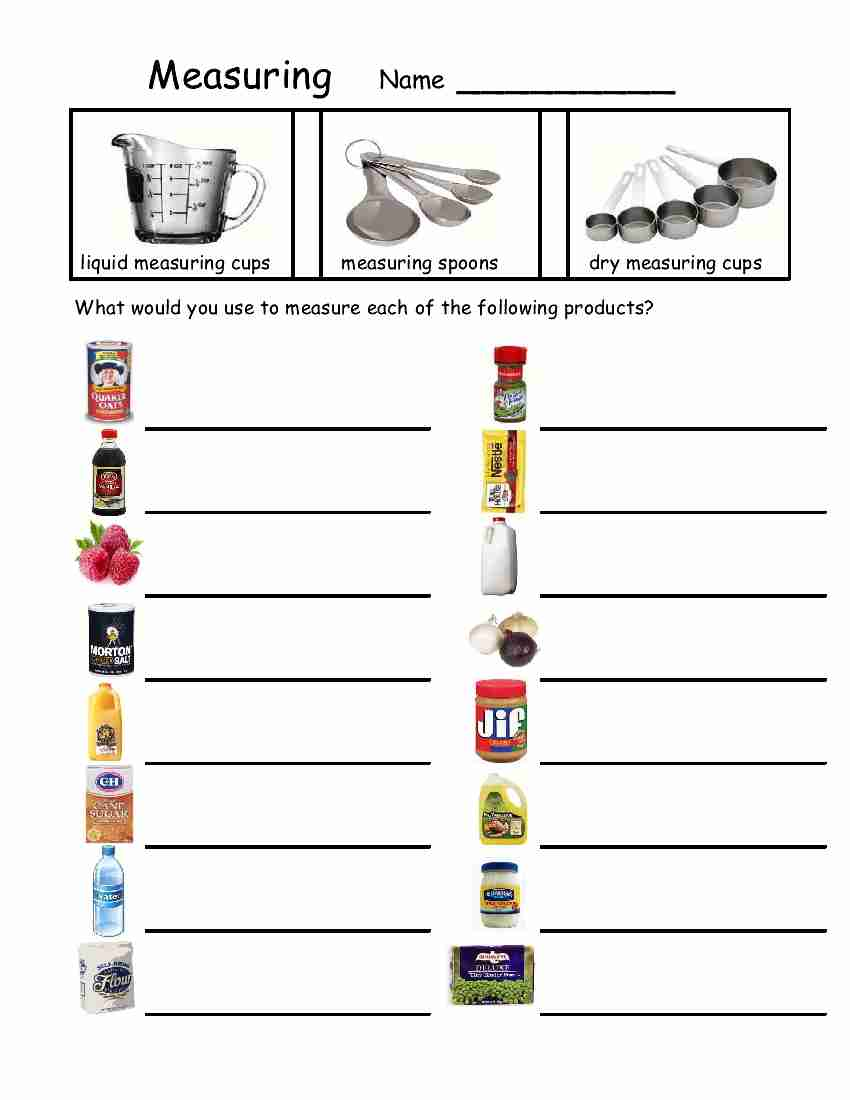Kids in the Kitchen: Conquering Cooking with Measuring Techniques
Remember that mouthwatering smell of cookies baking in the oven when you were a kid? Or maybe it was the anticipation of licking the cake batter from the bowl? Now imagine sharing those magical baking experiences with your own little ones, but instead of just watching, they're actively involved – measuring, pouring, and creating culinary masterpieces! That's the power of teaching kids measuring techniques in the kitchen.
It's more than just following a recipe; it's about sparking curiosity, building confidence, and instilling a love for cooking that can last a lifetime. When children measure ingredients, they're not just learning fractions and units; they're embarking on a sensory adventure – feeling the textures, smelling the aromas, and tasting the delightful results of their efforts.
While the concept of precise measurements might seem like a modern culinary invention, its roots run deep in history. From ancient civilizations using standardized weights for trade to the development of measuring tools like cups and spoons, the evolution of measuring techniques has always been intertwined with our need for accuracy and consistency in the kitchen.
In today's world, teaching kids about measuring techniques isn't just about replicating Grandma's famous cookie recipe; it's about equipping them with essential life skills. It's about understanding ratios, proportions, and the science behind creating something delicious from scratch. It's about nurturing their independence and giving them the tools to explore culinary creativity with confidence.
However, introducing young chefs to the world of measuring can come with its own set of challenges. From messy spills to the abstract concept of fractions, it's important to approach this learning experience with patience, creativity, and a sprinkle of fun. Remember, the goal is to ignite a passion for cooking, not to create tiny culinary robots!
Advantages and Disadvantages of Measuring Techniques for Kids in the Kitchen
| Advantages | Disadvantages |
|---|---|
| Develops fine motor skills and hand-eye coordination | Potential for messes and spills |
| Introduces math and science concepts in a practical way | Requires patience and supervision from adults |
| Encourages following instructions and attention to detail | Can be time-consuming, especially for younger children |
| Boosts confidence and a sense of accomplishment | May lead to frustration if measurements aren't accurate |
| Creates opportunities for family bonding and shared experiences | Limited creativity if recipes are followed strictly |
While there are inherent challenges in teaching kids measuring techniques, the advantages far outweigh the disadvantages. By understanding the potential difficulties and approaching the learning process with a positive attitude and a toolbox of creative solutions, parents can transform their kitchens into engaging learning spaces where children can develop essential life skills while having fun.
The welcome to new york song 1 hour phenomenon why were obsessed
Drawing the mexican coat of arms a guide to escudo de la bandera mexicana dibujo
El caporal mexican restaurant maple valley




